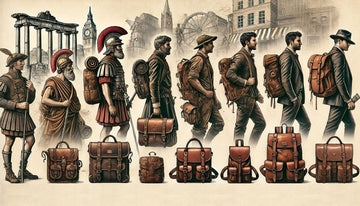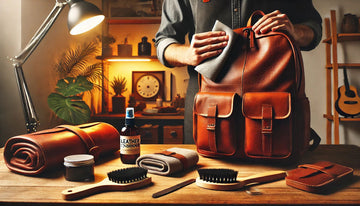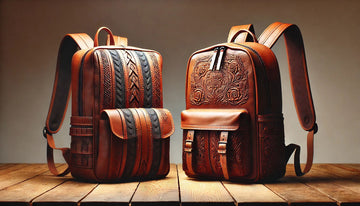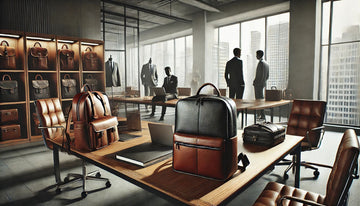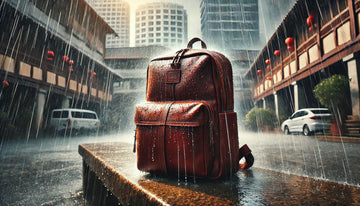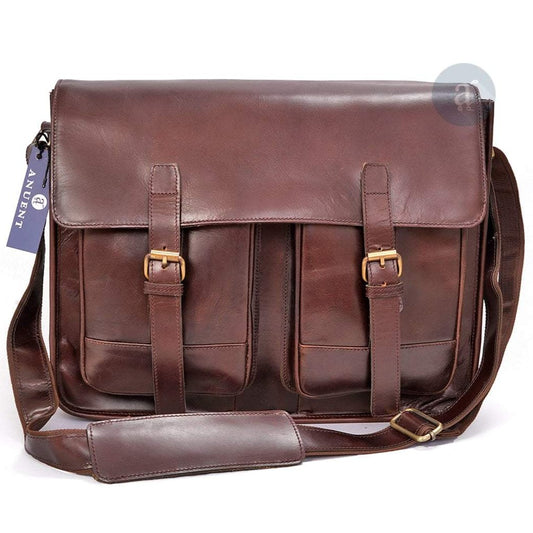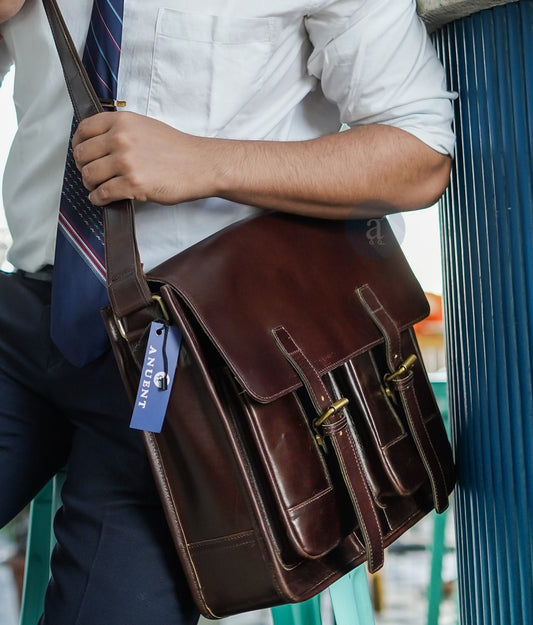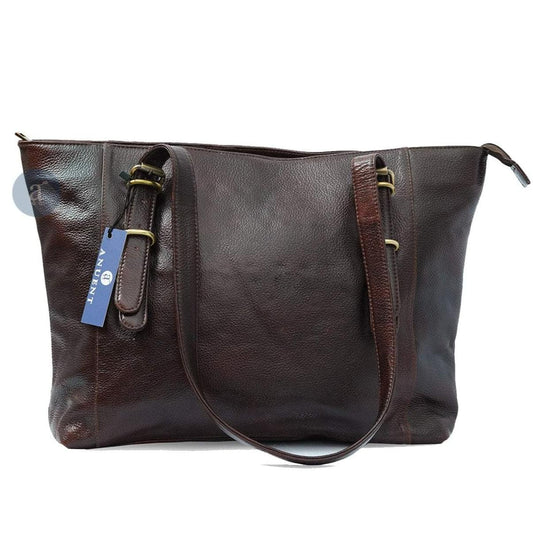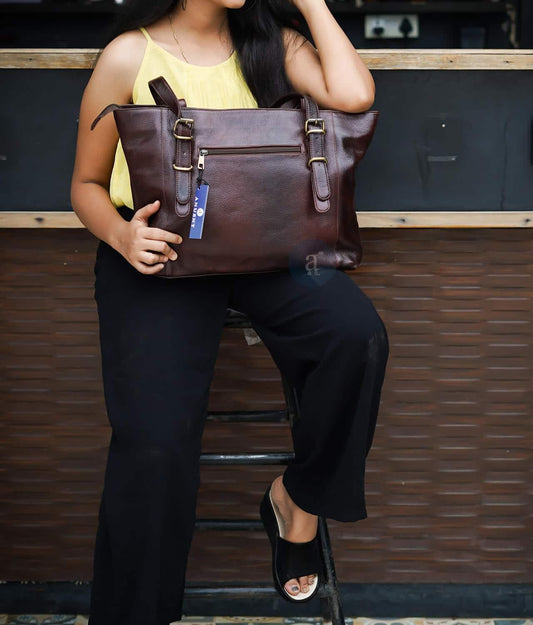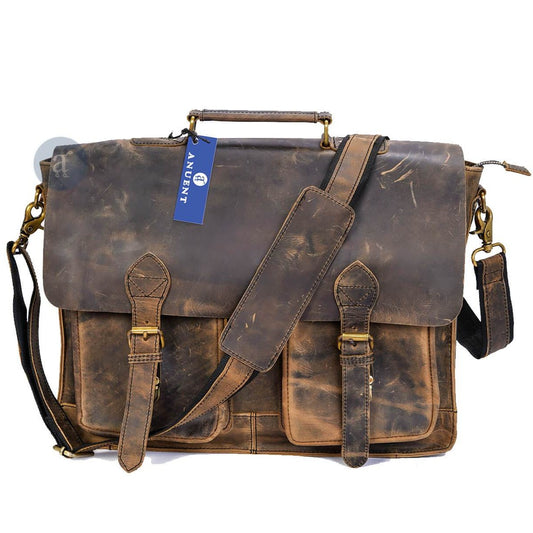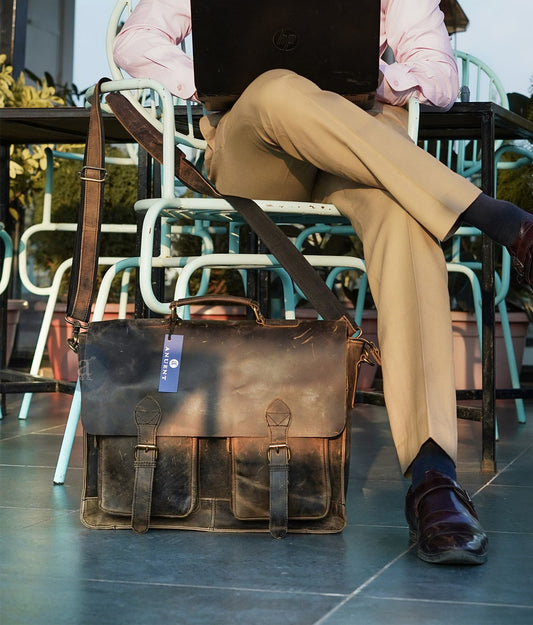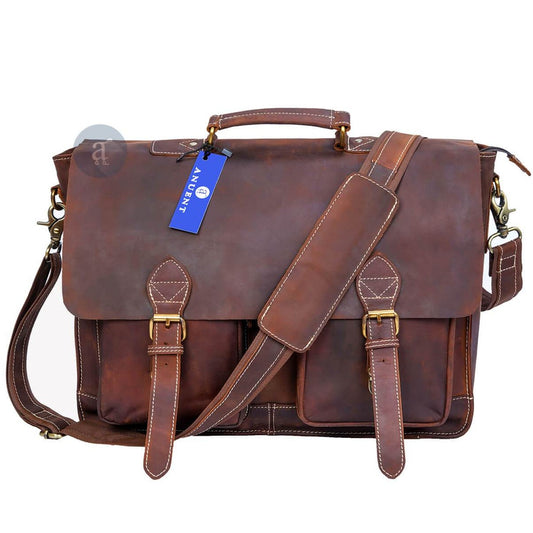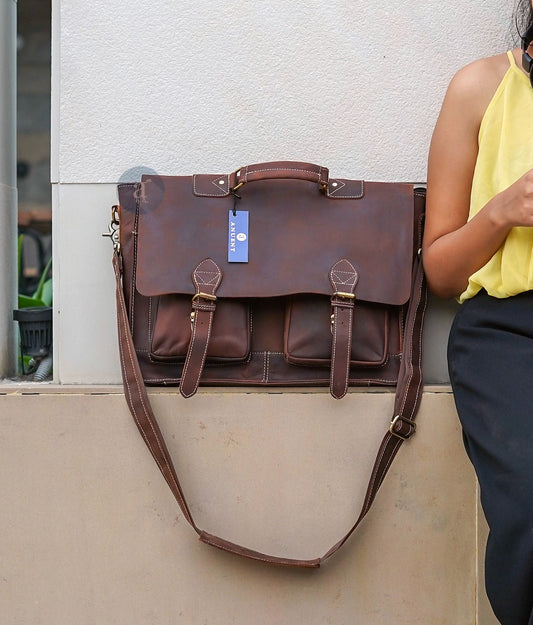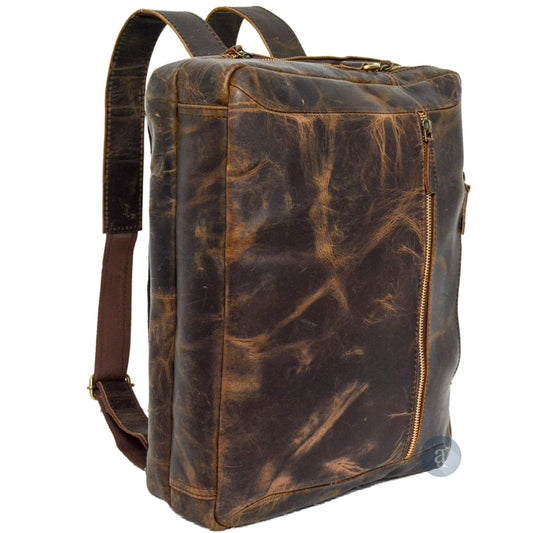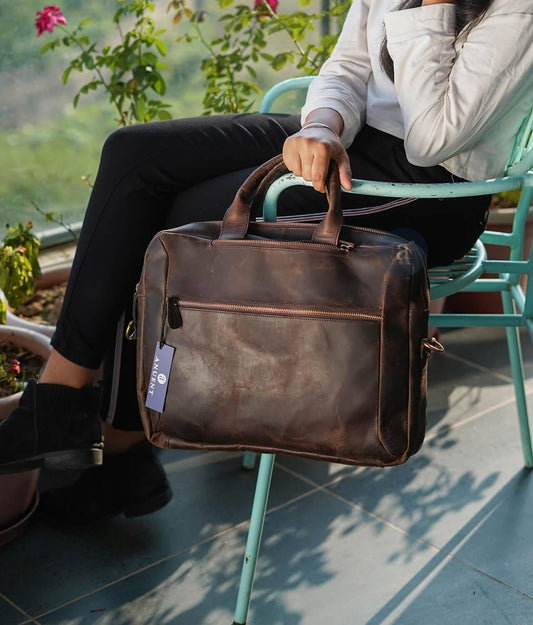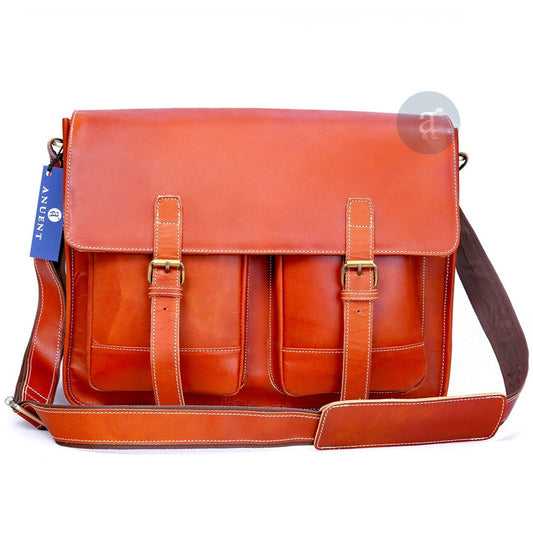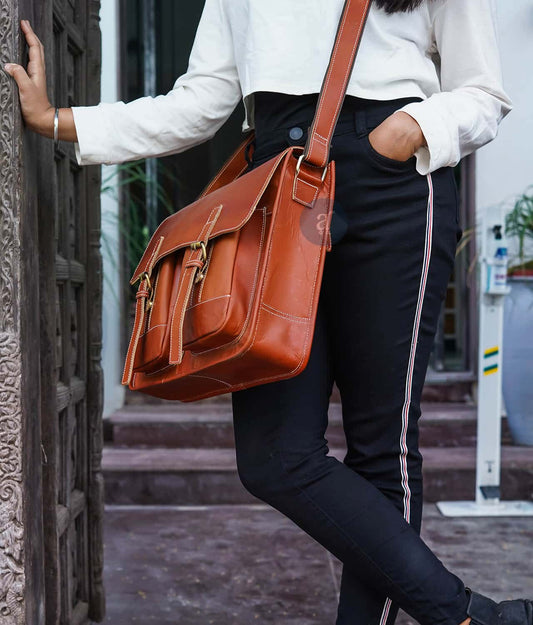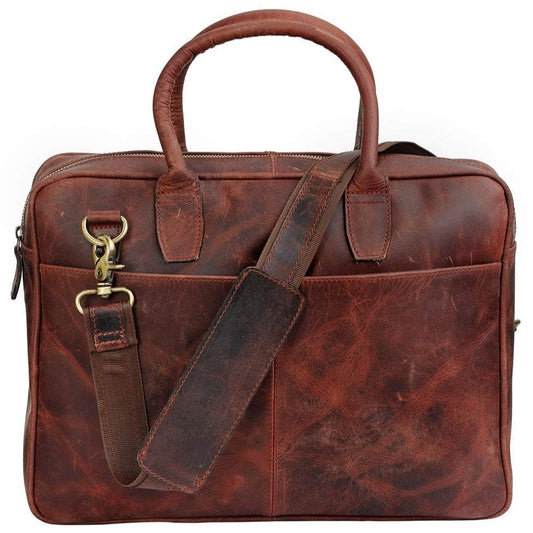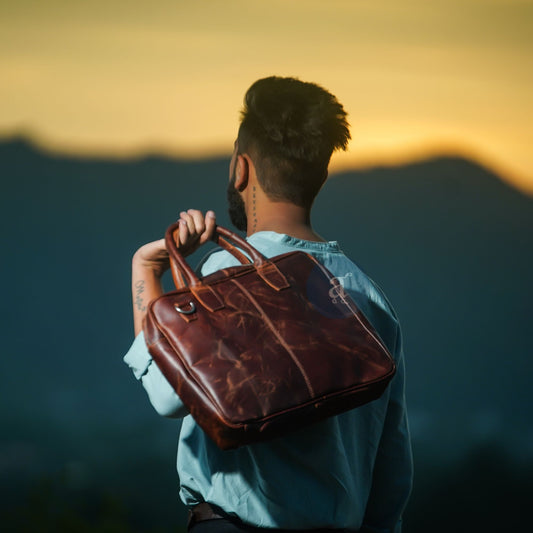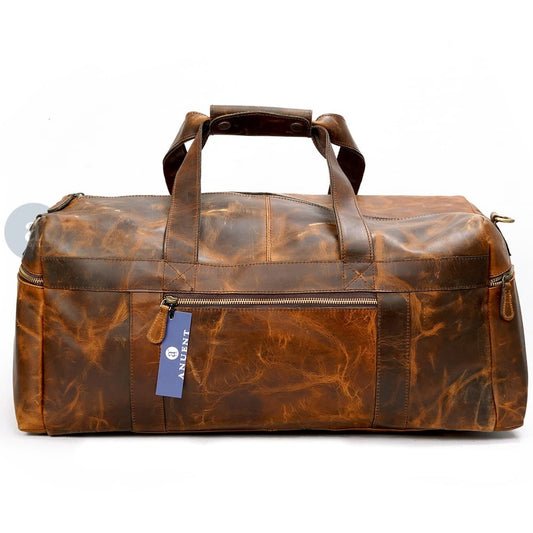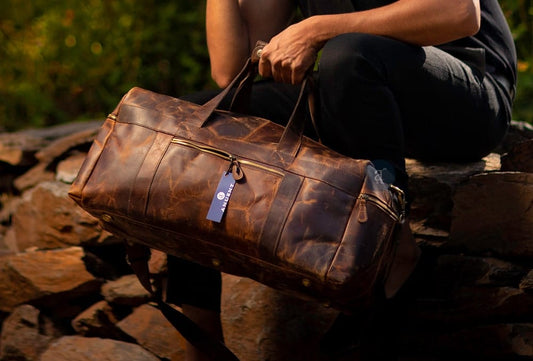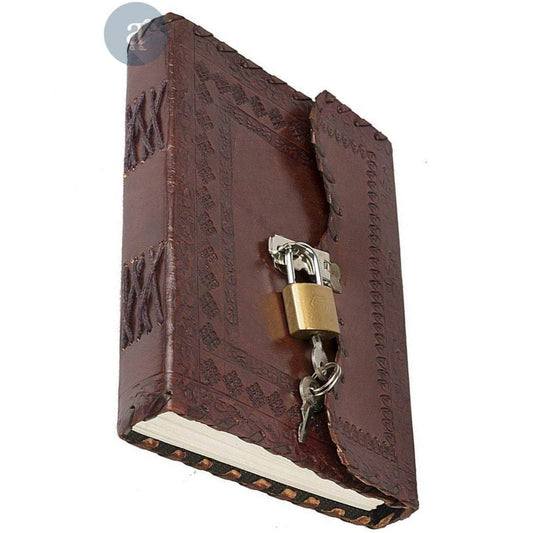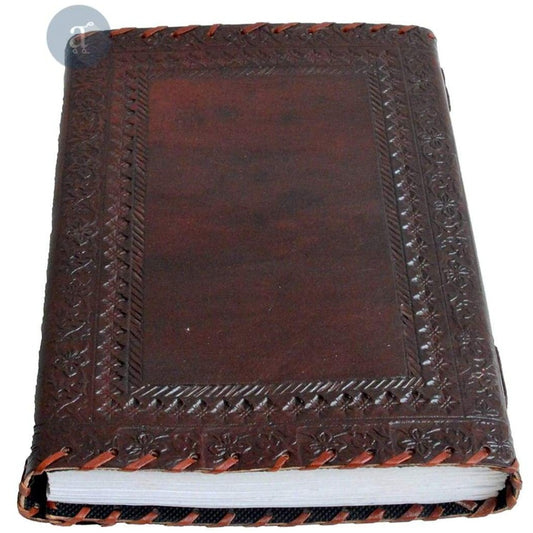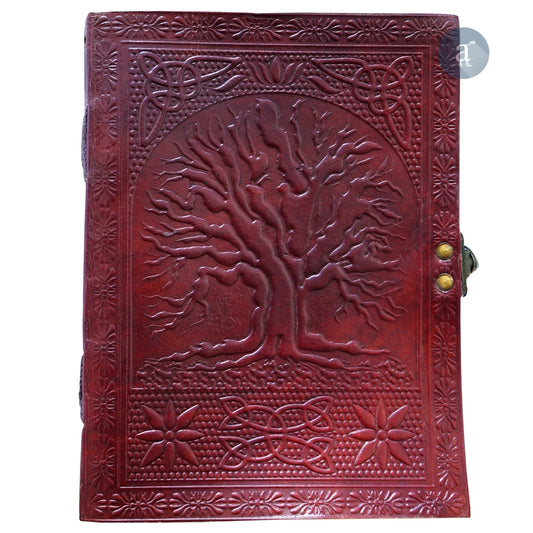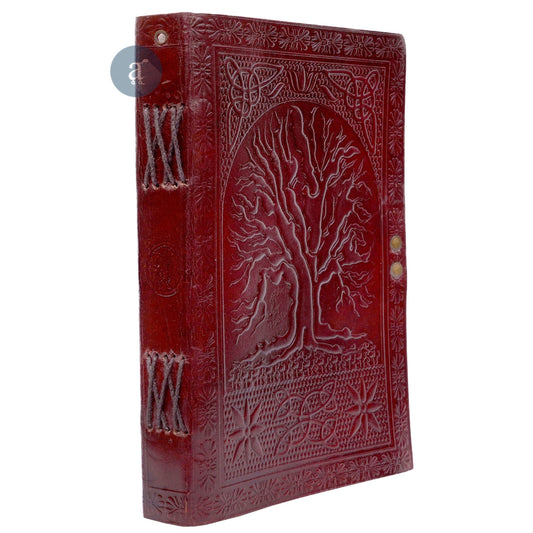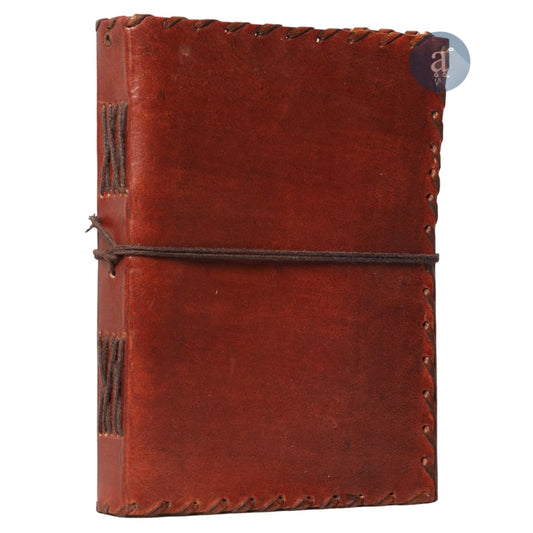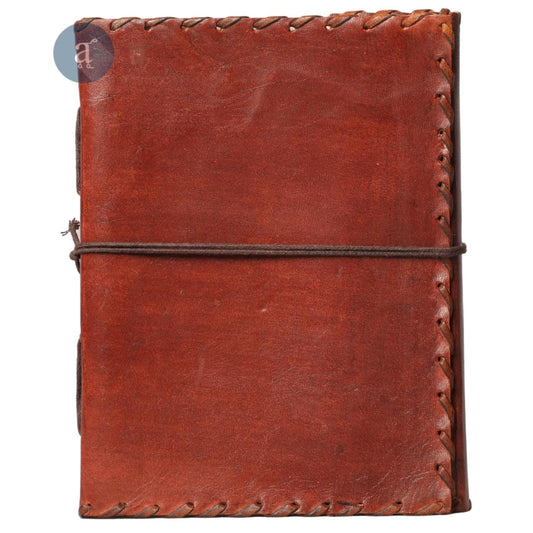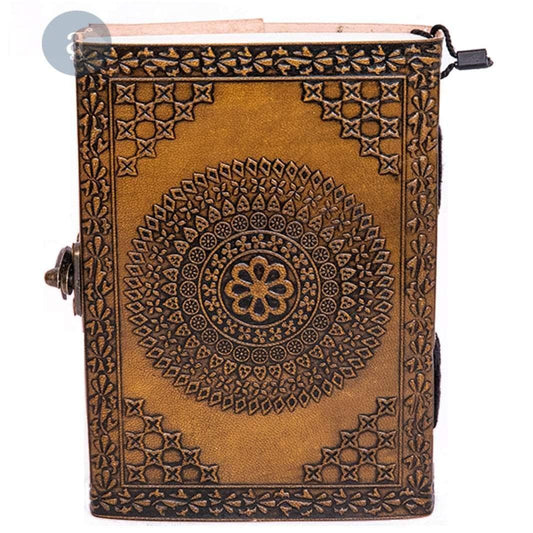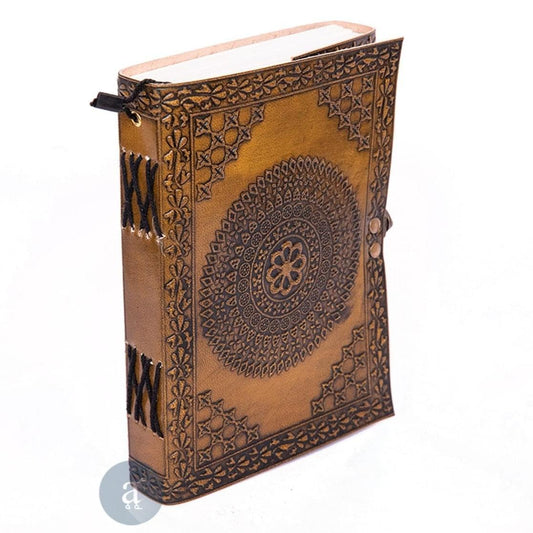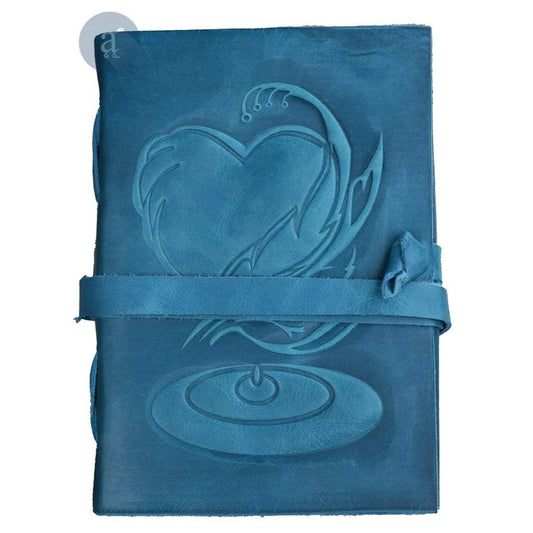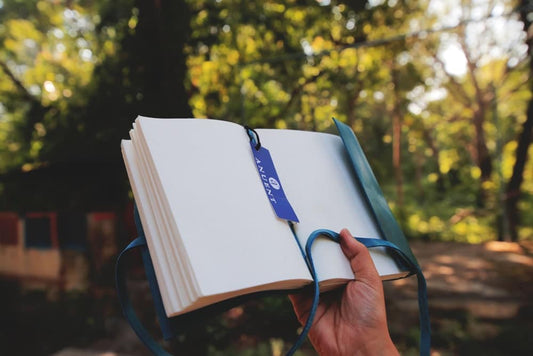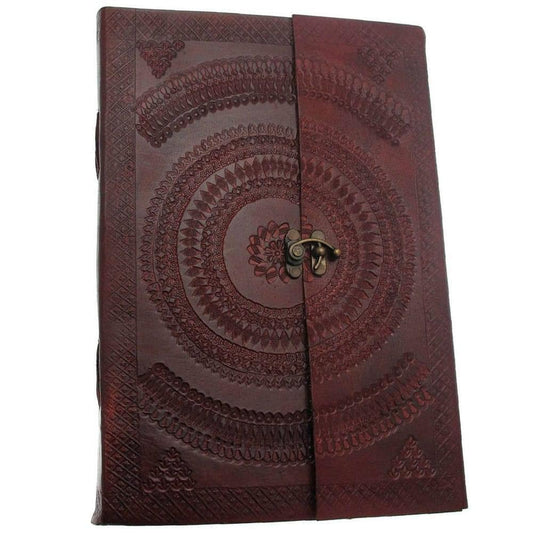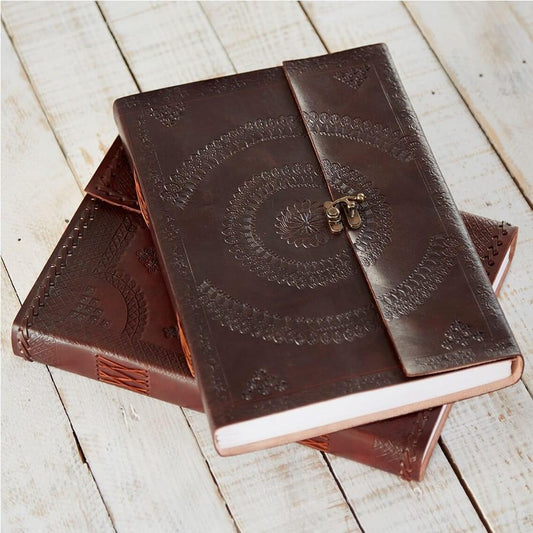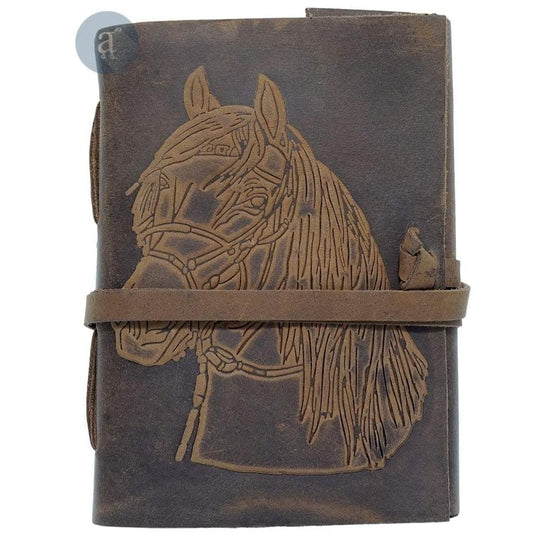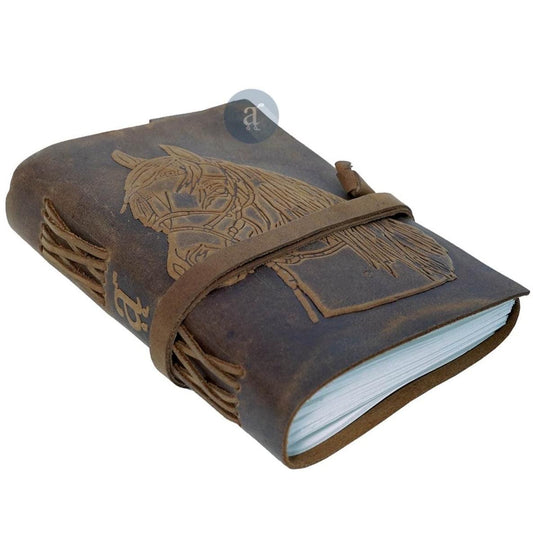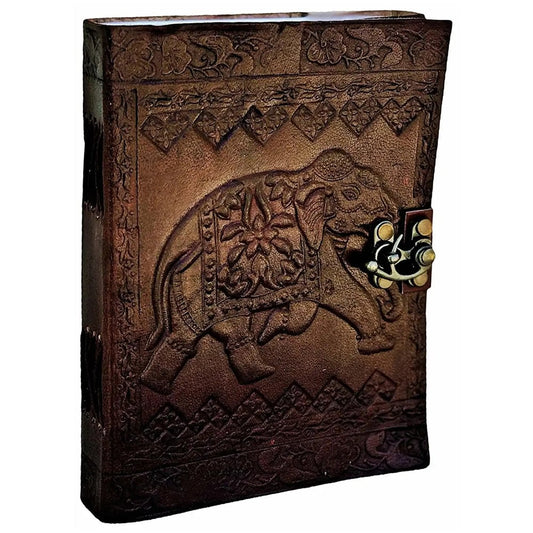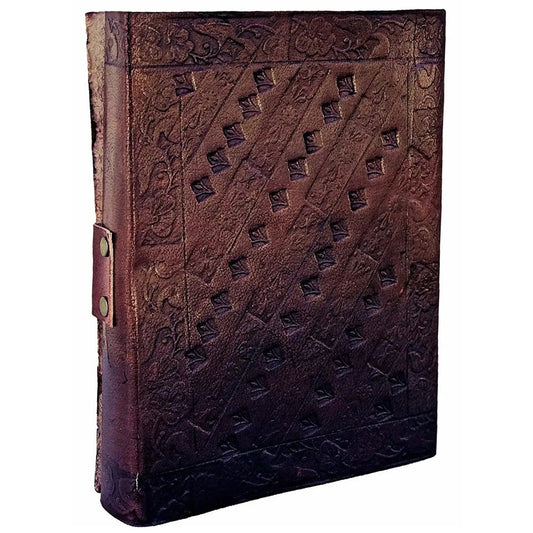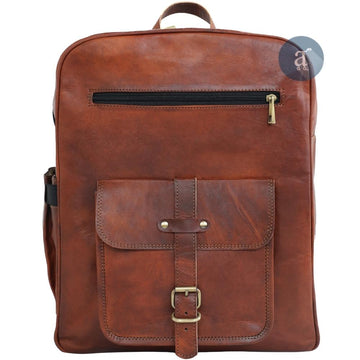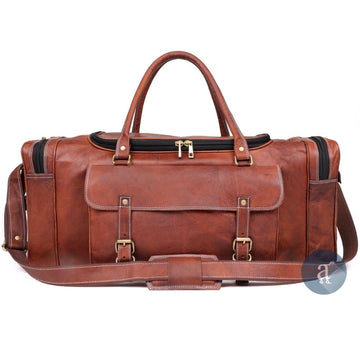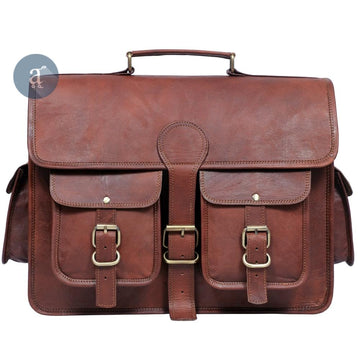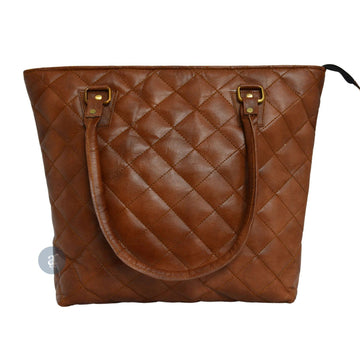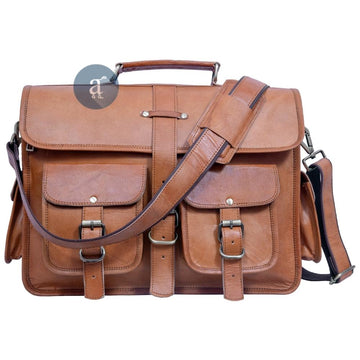Leather backpacks have found their way from being practical storage solutions to becoming one of the sought-after accessories in the fashion world.
The design, material, and purposes for using leather backpacks have changed through the centuries.
They are now good tools for travelers as well as style statements for people in cities.
Here is an interesting journey of leather backpacks, from their humblest roots to their modern-day high position in fashion.
The origins: Functionality above all
The first backpacks were produced in prehistoric times when early humans needed to carry essential supplies while traveling.
Leather, an animal hide derivative, made them durable and resistant to weather.
Ancient civilizations and leather carrying Bags
- Egyptians and Romans: Early records reveal that ancient Egyptians and Romans utilized leather pouches for carrying personal belongings. The soldiers and merchants preferred leather as it was highly durable.
- Medieval Europe: In the Middle Ages, leather bags were used by traders and travelers who needed a tough, water-resistant material to carry their goods. These bags form the basis of modern leather backpacks.
19th century: The emergence of functional backpacks
The 19th century saw the development of more organized backpacks for specific purposes.
- Military impact: Soldiers wore leather rucksacks, which were prized for their ruggedness and durability in extreme conditions.
- Explorers and adventurers: Mountaineers and explorers first adopted leather backpacks for their ruggedness and the ability to carry heavy loads securely.
20th century: Leather backpacks in the mainstream
In the 20th century, backpack design took a turn from purely functional to more aesthetic appeal.
- 1920s–1950s: Leather school bags became very popular among students as status symbols and for durability.
- 1960s–1980s: As synthetic materials began to be popular, leather backpacks became a luxury rather than a necessity. High-end brands started making exquisite leather pieces, fusing functionality with style.
- 1990s: Fashion designers introduced more versatile leather backpacks, appealing to professionals, students, and travelers alike.
Also, read Latest leather backpack designs
The 21st century: A fusion of fashion and utility
Leather backpacks have now taken a permanent seat in the fashion world.
Luxury brands to artisanal craftsmanship, leather bags have fit into modern trends.
Why leather backpacks are here to stay
- Timeless: Leather is never out of style; therefore, it's worth investing in.
- Durability: Good-quality leather ages nicely and acquires a patina over time.
- Versatility: Leather backpacks go well with formal as well as casual outfits.
- Eco-friendly alternatives: With the rise of sustainable leather production, these backpacks have become more attractive to the environmentally conscious consumer.
Conclusion
The history of leather backpacks is that of a transformation from a utilitarian necessity to a fashion item.
Whether at work, while traveling, or running errands, leather backpacks are symbols of sophistication and practicality.
As fashion trends change, so will their classic appeal, making them a staple for years to come.
FAQs
1. When were leather backpacks first used?
Leather backpacks have been used since ancient civilizations, with records dating back to Egyptians and Romans who used leather pouches for carrying personal belongings.
2. Are leather backpacks still practical today?
Yes, leather backpacks remain highly practical due to their durability, stylish appeal, and versatility for both casual and professional settings.
3. How do you maintain a leather backpack?
To maintain a leather backpack, regularly clean it with a damp cloth, condition it with leather cream, and store it in a cool, dry place to prevent cracking.
4. What makes leather backpacks a fashion statement?
Leather backpacks blend timeless elegance with functionality, making them stylish accessories for professionals, students, and travelers.
5. Are there eco-friendly leather backpacks available?
Yes, many brands now offer eco-friendly leather backpacks made from vegetable-tanned leather or sustainable alternatives that reduce environmental impact.

